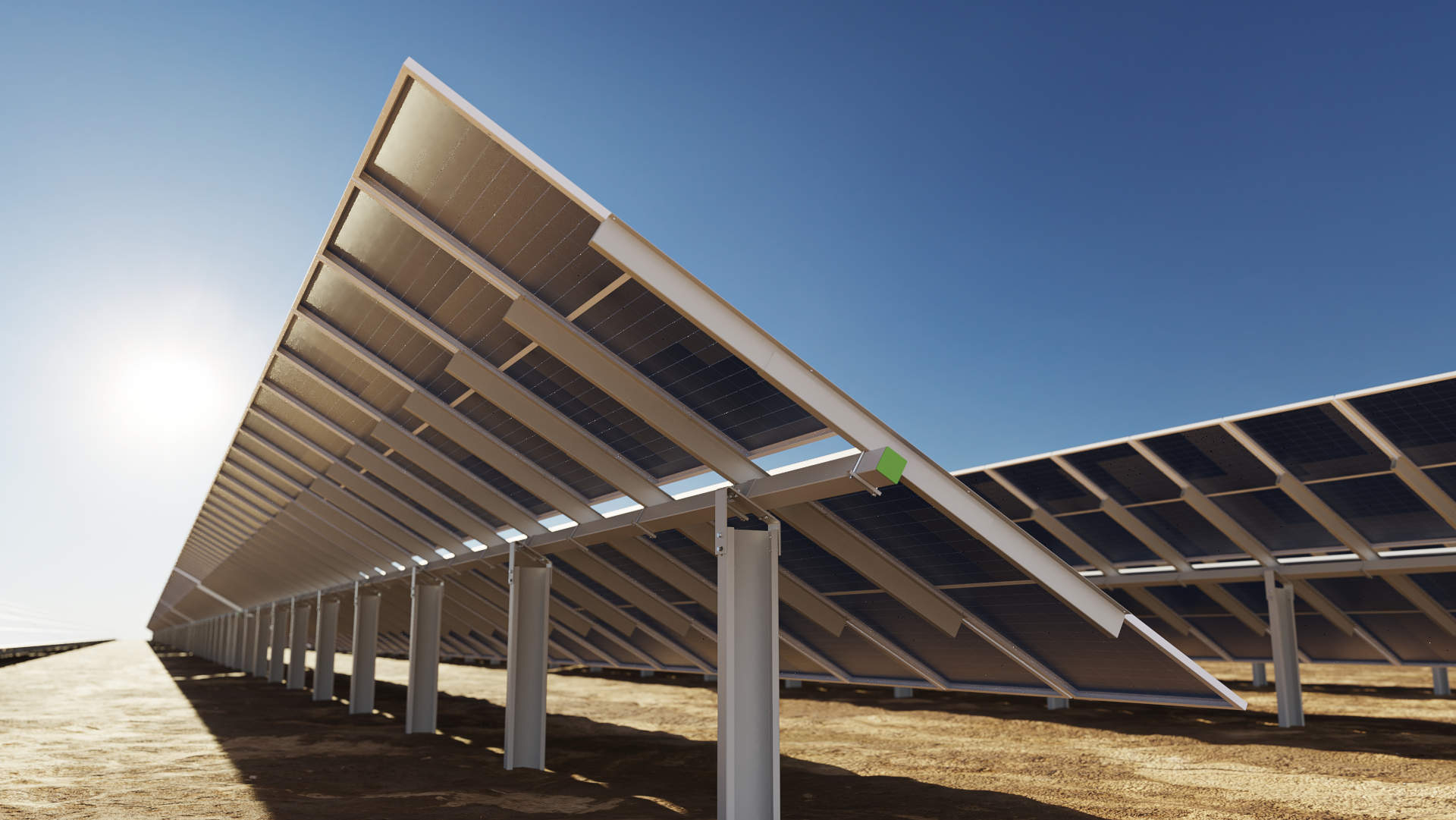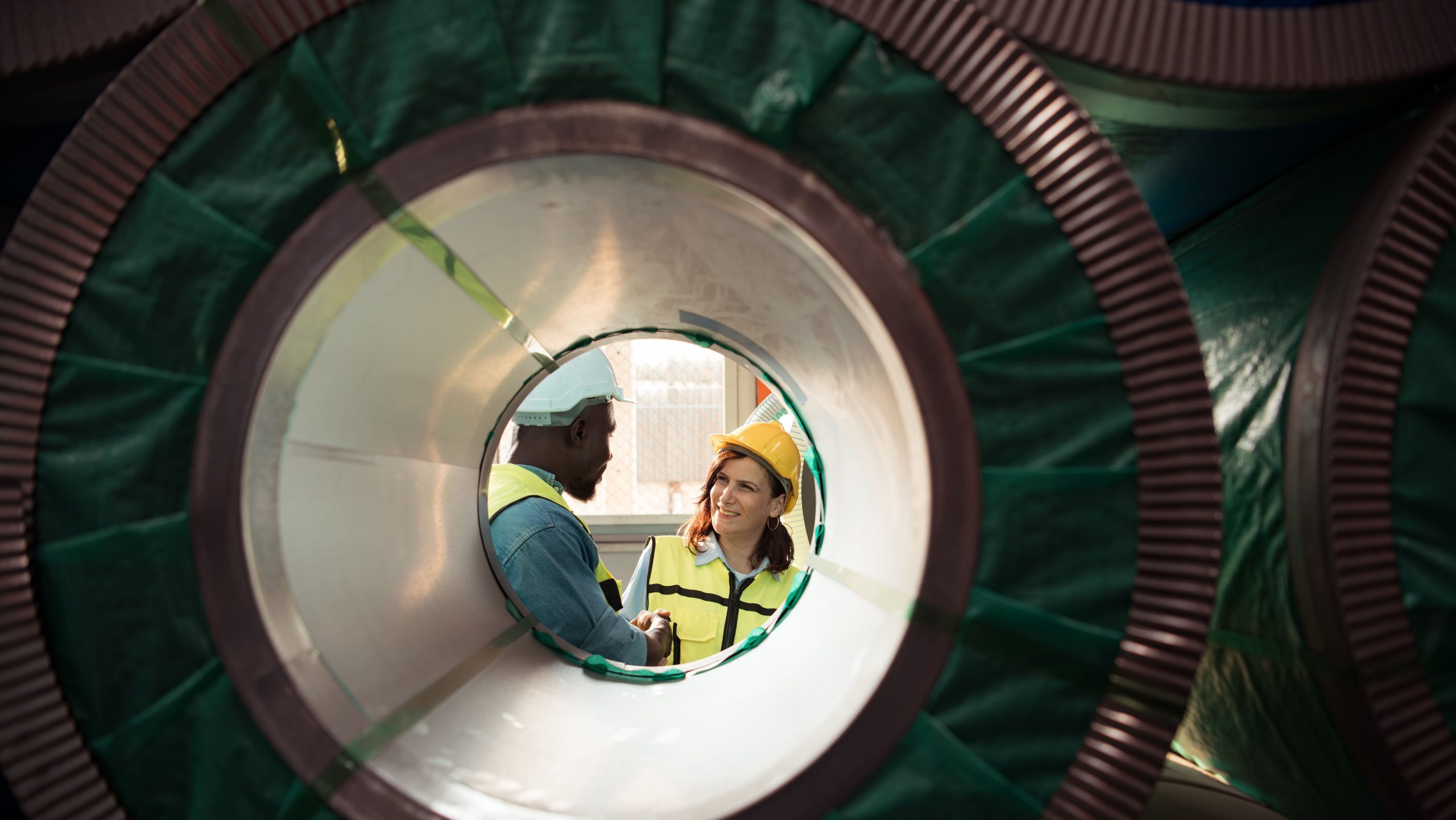Building ground-based photovoltaic plants in 2023 involves overcoming a series of challenges ranging from their location and maximization of their efficiency, to the conservation of the natural environment.
Photovoltaic solar energy has experienced unprecedented growth, especially in Spain, becoming a source of clean and sustainable energy that plays a fundamental role in the transition to a greener energy matrix. The construction of ground-mounted photovoltaic plants is a widely adopted strategy to harness solar energy, although it is not without significant challenges.
There are different variables to consider when constructing ground-mounted plants. On one hand, the choice of the photovoltaic plant’s location, in some cases, is not easy due to slopes and irregularities in the terrain. This is crucial for its efficiency and long-term profitability. Factors such as solar radiation, terrain topography, and environmental and regulatory constraints must be considered. Identifying suitable locations compatible with other land uses can be a challenge in densely populated regions or those with extreme weather conditions.
On the other hand, soil stability is essential for installing the steel structures that support the solar modules. Soils with low bearing capacity or prone to erosion may require specific foundations or reinforcement techniques, increasing installation time and cost.
Furthermore, fixed structures must be designed to maximize solar light capture throughout the day and year. This requires specific angles and orientations, which can be a challenge in locations with space limitations, not to mention the maintenance difficulties of structures and solar panels to ensure the plant’s efficiency in remote or hard-to-reach areas, such as some we have worked on in Africa or Latin America.
In countries with limited available land and a growing demand for urban development, the installation of large solar panel fields can raise concerns related to visual impact and land use. Addressing these concerns always requires careful planning and consideration of landscape integration.
Finally, protecting natural habitats for various wildlife species is crucial when undertaking projects. The case of Extremadura and Andalusia, where a significant number of active photovoltaic plants are deployed in Spain, is of particular interest. Representatives of these regions and many projects have recently highlighted, at the annual forum of the Spanish Photovoltaic Union, the environmental progress of photovoltaic plants, where they not only complement traditional land use but also provide additional benefits to landowners and opportunities for biodiversity in the area.
In any case, whether on the ground or on any other surface, companies in the industry are called upon to seek associated storage solutions because it’s good to be a powerhouse in electricity generation from photovoltaics, but it’s even better not to waste excess simultaneous production. This demonstrates that even when addressing technical, structural, and environmental challenges, the storage challenge continues.
In conclusion, the construction of ground-mounted photovoltaic plants presents significant challenges when viewed from fixed structures. In addition to technical and economic aspects, it is crucial to address concerns related to visual, environmental impact, and land availability. As technology advances and these challenges are addressed, ground-mounted photovoltaic solar energy will remain a fundamental component of the sustainable energy landscape of the future.







